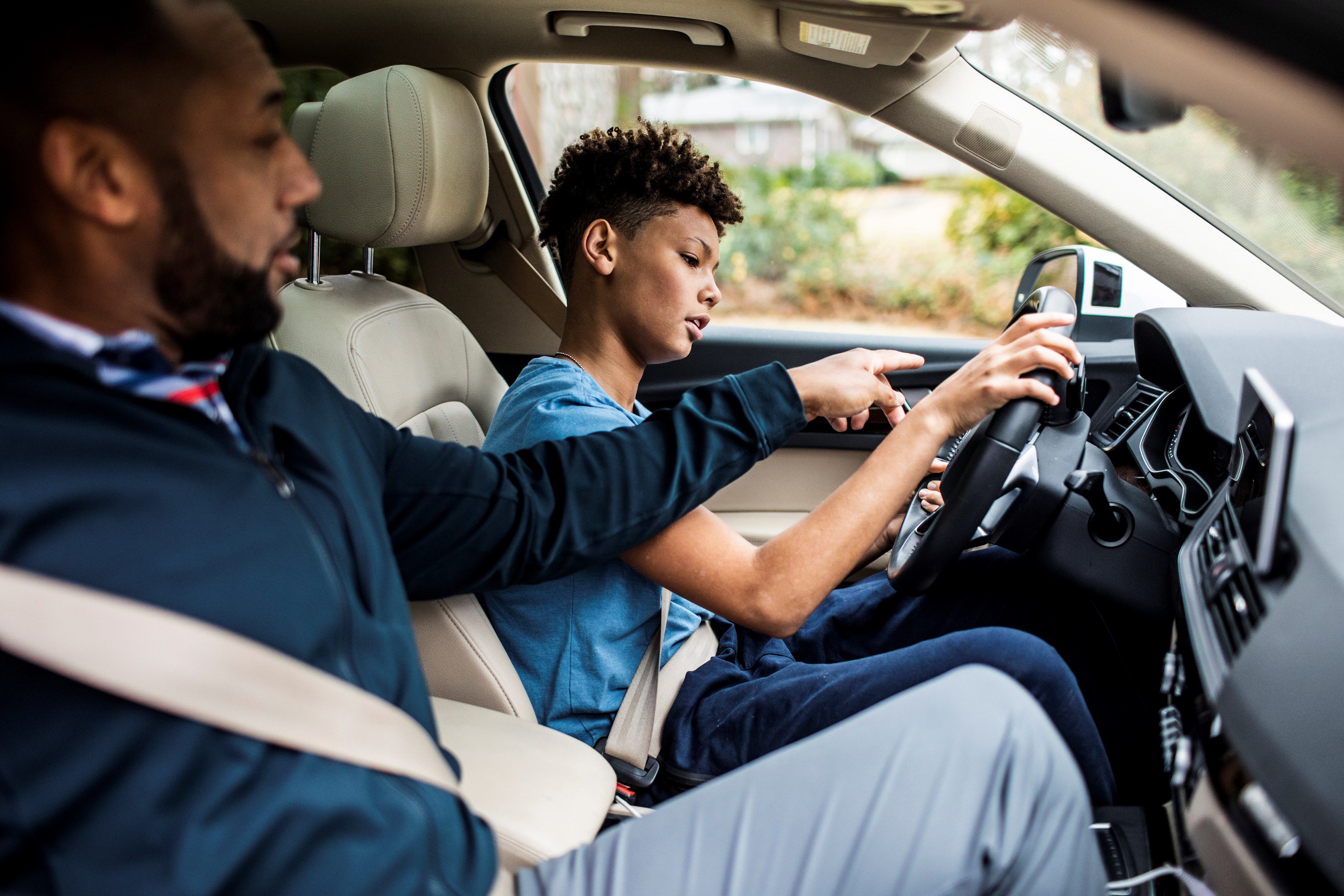Have you ever found yourself working on a project without a clear understanding of what you’re supposed to deliver?
Or you find yourself working only to realise that you and your manager have completely different ideas about the end goal?
If so, you’re not alone. This is a common issue in many workplaces and can lead to confusion, frustration, and inefficiency.
Setting clear expectations is not just about telling employees what tasks to complete. Expectations play a crucial role in any organisation and provide a roadmap for employees, guiding their actions and behaviours towards the achievement of organisational goals. However, when expectations are unclear or poorly set, it can lead to a host of issues that can negatively impact individuals,team effectiveness and the overall organisational culture.

The Impact of Poor Expectations
Role ambiguity would occur when the situation lacks sufficient information or contains ambiguous information regarding what is expected of the employee1. Ambiguous expectations can either be unclear regarding how to direct one’s efforts in order to perform well or how one’s performance is or will be evaluated and rewarded, or both2.
The Health and Safety Index (HSI), a simple online assessment was created to enable organisations to measure, focus and act on improvements that matter. Our HSI tool have identified seven dimensions that represent typical workplace behaviour practices and conditions. Among these, “Setting Clear Expectations” was found to be the poorest benchmark result of 65, compared to the overall benchmark of 76.

Here are some of its impacts:
- Low Morale: Unclear or unrealistic expectations can lead to demotivation and disengagement among employees, resulting in low morale within the organisation.
- Distrust: Constantly changing or poorly communicated expectations can erode trust between employees and management, leading to questions about the integrity and transparency of leadership.
- Conflict: Misaligned expectations can spark conflicts between team members or departments, creating a toxic work environment that hinders collaboration and productivity.
- High Turnover: Frustration and disillusionment stemming from unclear or unrealistic expectations can drive employees to seek opportunities elsewhere, leading to higher turnover rates.
- Inefficiency: Without clearly defined expectations, employees may waste time and resources on tasks that do not align with organisational goals, leading to decreased efficiency and effectiveness.
- Stagnation: Poorly set expectations can prevent innovation and growth within the organisation. Employees may feel discouraged from taking risks or proposing new ideas if they fear they will not meet unclear or unrealistic expectations.
The meta-analysis research by Tubre and Collins3 suggests that unclear job roles should not be ignored when considering their impact on job performance. In other words, not knowing exactly what is expected in a role can significantly affect how well someone performs at work.
How to Set Clear Expectations?
The Health and Safety Index unique design not only help diagnose what is good and not so good, but also provide “Levers for Action“. These Levers are based on statistical correlated data to support organisations navigate the best Return on Investment (ROI).

Here are some practical tips based on our Levers for setting clear expectations:
- Clear Communication: Clearly communicate expectations to all stakeholders, including employees, teams, and partners. Use simple and specific language to outline what is expected in terms of performance, behaviour, and outcomes.
- Alignment with Goals: Ensure that expectations align with organisational goals and objectives. Employees should understand how their individual expectations contribute to the overall success of the organisation.
- Teamwork & Collaboration: Involve employees in the expectation-setting process whenever possible. Solicit their input and feedback to ensure that expectations are realistic and achievable.
- Accountability: Use the SMART criteria (Specific, Measurable, Achievable, Relevant, Time-bound) when setting expectations to enable transparent accountability. This helps demonstrate a fair and just culture for all.
- Regular Feedback: Provide regular feedback to employees on their performance relative to expectations. This helps keep expectations top of mind and allows for adjustments as needed.
- Trust in Leaders: Leaders who show empathy and do what they say in a consistent manner are often build trust and more effective outcomes.
- Supportive Environment: Provide opportunities and conditions to help employees meet expectations. This could include skills training, coaching, mentoring, or access to resources and support.
- Job Control: Be open to the right level of autonomy and adjusting expectations as circumstances change. Flexibility is important to accommodate evolving priorities, market conditions, and individual circumstances.
Setting clear expectations is not a one-time event but an ongoing process that requires commitment, communication, and collaboration; this help organisations foster a positive work environment that promotes trust, engagement, and high performance.
Read more about seeking clear expectations via our OKR vs KPI blog and download our free OKR tracking template.
References:
- Panigrahi, Ashok, Managing Stress at Workplace (2016). Journal of Management Research and Analysis, October-December, 2016; 3(4): 154-160, Available at SSRN: https://ssrn.com/abstract=2912833 ↩︎
- Theories of Organizational Stress, Cooper, C.L. 9780191584701, https://books.google.com.ph/books?id=ahfJ16b-BdUC, 1998, OUP Oxford ↩︎
- Tubre, T. C., & Collins, J. M. (2000). Jackson and Schuler (1985) Revisited: A Meta-Analysis of the Relationships Between Role Ambiguity, Role Conflict, and Job Performance. Journal of Management, 26(1), 155-169. https://doi.org/10.1177/014920630002600104 ↩︎
